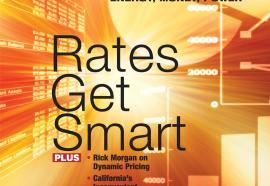Grid 2050
Shaping system transformation.
New technologies—and new expectations—require taking a fresh look at the institutions and practices that have provided reliable electricity for the past century. Collective action is needed to define the key attributes of a future grid and then to take the more difficult next step—adapting our processes and institutions to align with that future vision. A thoughtful approach will allow America to capture the potential value that’s offered by sweeping changes in technologies and policies.










